What is Design System? Definition, Purpose, Benefits Explained
Jan 05, 2023 | By Aishna Pathak
There are innumerable things that go into designing right from tools and elements to resources and principles.
Design system is something that goes hand in hand with efficiency, consistency, and need for scaling in design. When you begin to design something the process you choose, the principles you follow, the tools you use, and the rules you work with, every tiny detail is important.
Design systems get better and evolve with every new project, design, or launch of new technology that can benefit designers and businesses.
Why is the Design system important?
Efficiency
You do not need to design and redesign again and again from the beginning. Design systems let the designer use the elements and components again. It saves a lot of time and effort on the designer's and developers' side and makes the work better and easier to do.
Consistency
You can easily manage to keep the consistency of experience and effect of your designs on all the platforms because design systems have a group of shared principles and rules that go into building components and designs. So it doesn't matter if you are using android, Microsoft, or iOS, the effect on the platform will be consistent.
Speed
A lot of effort and time goes into deciding what to do and how to do while designing and developing something. Design systems include shared components and guidelines that developers and designers can use and save a lot of time and effort which makes the work faster and easier to be done.
Stay fresh and updated
With design systems to your rescue, you do not have to worry about the elements, tools, or components being obsolete or out of trend. They are being constantly updated and managed as new and new designs are being prepared. It eliminates your chances of having outdated and old features to use from your design system.
How to create a design system for your business?
1.The basics first
Taking up bigger tasks first might make it unmanageable later. Start with the basics like typography, colors, elements, and then move to find out other inconsistencies.
2. Developers and designers must work together
The codes need to be updated and designs need to be consistent. To serve both their needs, designers and developers need to work together while the design system is being adopted.
While the system is being made, product managers should plan the process so that they can enhance the communication between designers and developers.
3. Building a live Design System
Just like companies update their technology to something new, they have to update your design system as well. Components of the design system update in real-time as it allows you to store the codes for later use.
4. Include Everyone
If your design system does not fulfill your designers’ needs, they will not use it, therefore, it is not to be imposed on them. The need to present their problems and solutions to make it more effective for them.
5. Single source of truth
Design systems have to be accessible by all and therefore Single source of truth helps. It allows everyone from your company to check the updates and changes.
6. Peer-to-peer reviews
Through this system, colleagues can review each other's work and get more aware of the design system. It makes them understand if the design system needs any changes or if it is scalable to their needs.
7. Announcements
The system created by the company should inform the users about the changes that have been made in the design system. Everyone has to be brought on the same page and therefore the information system can be in form of channel announcements, video calls, and blog posts.
What do design systems commonly include?
Purpose
When you start with your design, you must first align all your goals with that of your team. It will ensure that everyone who is part of the team is working towards the same thing and the commitment will lead to the effective and efficient execution of your work. These goals evolve as your business grows.
Principles
Some certain principles and rules are to be followed while designing anything. Every business has its own set of rules and principles depending upon the things they need and the things they want to exclude. These principles form a base for the developers and designers to work with and it eliminates the chances of unnecessary editing.
Language
Designing includes a systematic use of language and language includes alphabets. These alphabets are not English language alphabets A, B, C, D, they are designing alphabets which include, colors, spaces, fonts, shapes, illustrations, icons, photos, sounds, animations, etc. they give meaning to design just like English alphabets when put together in a certain way give meaning to the sentences.
Pattern and components
They are the base of all and the thing that helps you in bringing consistency in your efficiency on all the platforms. Components are sketched by designers and coded by developers and these components are then systematically and consistently used on all your products. colors, spaces, icons, illustrations, shapes, etc. are all part of patterns and components.
Style guide
Styles guide helps the developer and designers in forming and using the graphics creatively. It is a guide that will suggest ways to create graphics using, patterns, colors, illustrations, etc. to make the designs creative and attractive for the audience.
Practices
There are a lot of skills that the team can learn and make use of and the design system includes all the necessary practices collected in it. Teams choose a suitable practice and upskill themselves whenever they need and this develops their technical skills.
More blogs from us

The Power of Fonts: Exploring the Meaning Behind Font Styles
Jul 17, 2023 | by Sudarshona

Stay in Motion: Brands Nailing the Animation Game
Jul 03, 2023 | by Rahul Dhingra

Rebranding for the Win: Strategies to Stay Ahead in a Competitive Market
Jun 25, 2023 | by Rahul Dhingra

Artificial Intelligence in 2023: A Threat or an Opportunity?
Jun 09, 2023 | by Rahul Dhingra

Is Personalisation the ticket to Brand Success?
Jun 02, 2023 | by Rahul Dhingra

Branding Beyond Words - The most effective visual branding techniques
May 26, 2023 | by Rahul Dhingra

The Future of UX Design
Jan 03, 2023 | by Shreya Srivastava
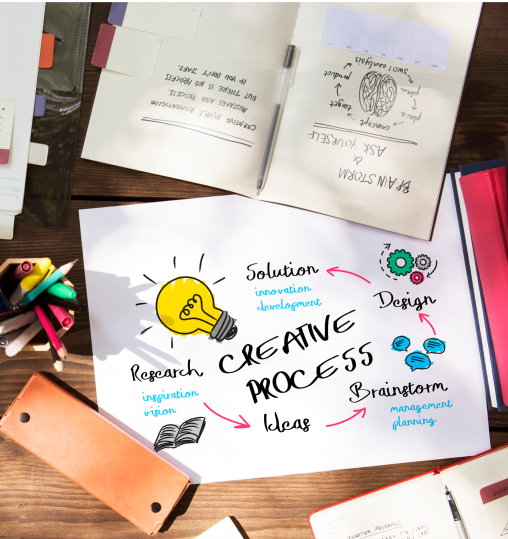
What is Branding Agency and Why Branding Services is Important
Jan 03, 2023 | by Shreya Srivastava

7 Website KPIs To Help Your Business Grow
Jan 03, 2023 | by Aishna Pathak

Digital Marketing Agency in Pune
Jan 03, 2023 | by Shreya Srivastava

13 Design Principles - Fundamental Values that Help You Achieve Better Results
Jan 03, 2023 | by Shreya Srivastava

The Ultimate Guide to Instagram Influencer Marketing
Jan 03, 2023 | by Aishna Pathak

How to Write a Blog-Post: A Step by Step Guide
Jan 03, 2023 | by Aishna Pathak

Effective SEO strategy for brands in 2020
Nov 25, 2022 | by Aishna Pathak

How to target the right market?
Nov 24, 2022 | by Shreya Srivastava

The Ultimate Guide to Digital Marketing Career in India
Aug 24, 2022 | by Aishna Pathak

Best Modern Interior Designing Ideas Plus Tips On How To Accessorize
Aug 21, 2022 | by Shreya Srivastava

3 major reasons why blogging is good for your business
Aug 20, 2022 | by Aishna Pathak

Packaging- A Brand's Effective Marketing Tool
Aug 20, 2022 | by Aishna Pathak
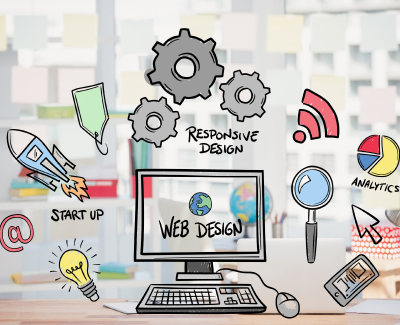
What is Design System? Definition, Purpose, Benefits Explained
Aug 15, 2022 | by Aishna Pathak

The best creative design trends for 2020
Aug 15, 2022 | by Aishna Pathak
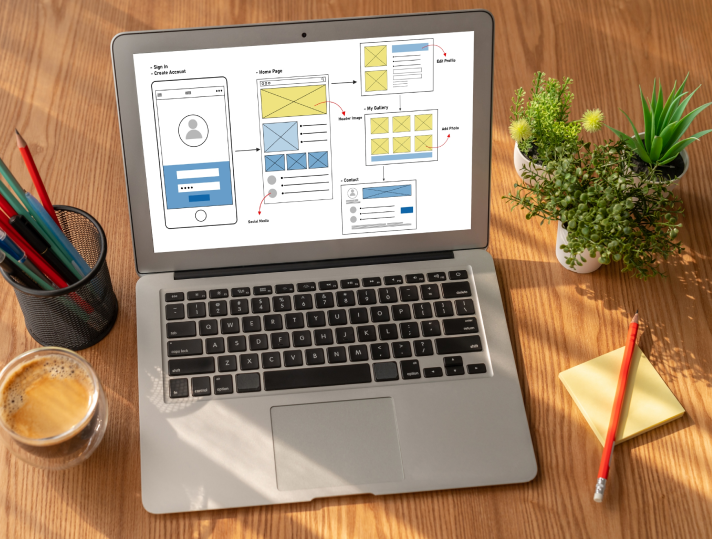
Website Builder v/s Web designer: What’s the best way to get a website?
Aug 14, 2022 | by Aishna Pathak

Brands that must begin implementing Digital Marketing
Aug 14, 2022 | by Aishna Pathak

History of Advertising in India- The Design Trip
Jul 30, 2021 | by Aishna Pathak

What is Visual Design And Why It is Important
Jun 12, 2021 | by Aishna Pathak

A Comprehensive guide to typography for Beginners
Jun 02, 2021 | by Aishna Pathak

Business Survival Strategy in Crisis through Online advertising
May 12, 2021 | by Aishna Pathak

30 Top Creative Logos of All time
May 02, 2021 | by Shreya Srivastava
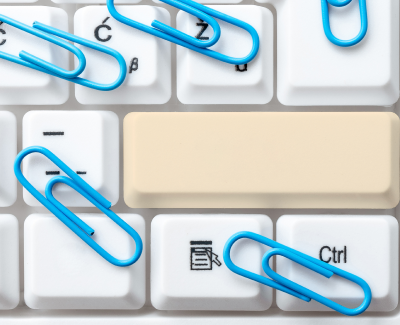
Useful Chrome Extensions for Designers
Mar 20, 2021 | by Aishna Pathak

How To Hashtag Right On Instagram
Feb 02, 2021 | by Aishna Pathak

Steps to Follow Before Launching Any Product
Jan 21, 2021 | by Aishna Pathak

How Creative Digital Agency Services can Benefit your Business?
Dec 24, 2020 | by Aishna Pathak
Top 12 Web Designing and Digital Marketing companies in India
Jul 29, 2020 | by Aishna Pathak

Top 5 UI Design Agencies in India
Jul 29, 2020 | by Aishna Pathak
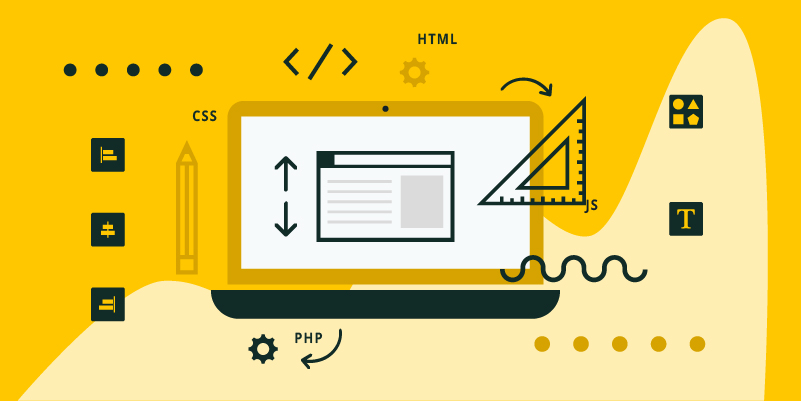
Role of User Experience (UX) Design in any Business
Jul 29, 2020 | by Aishna Pathak
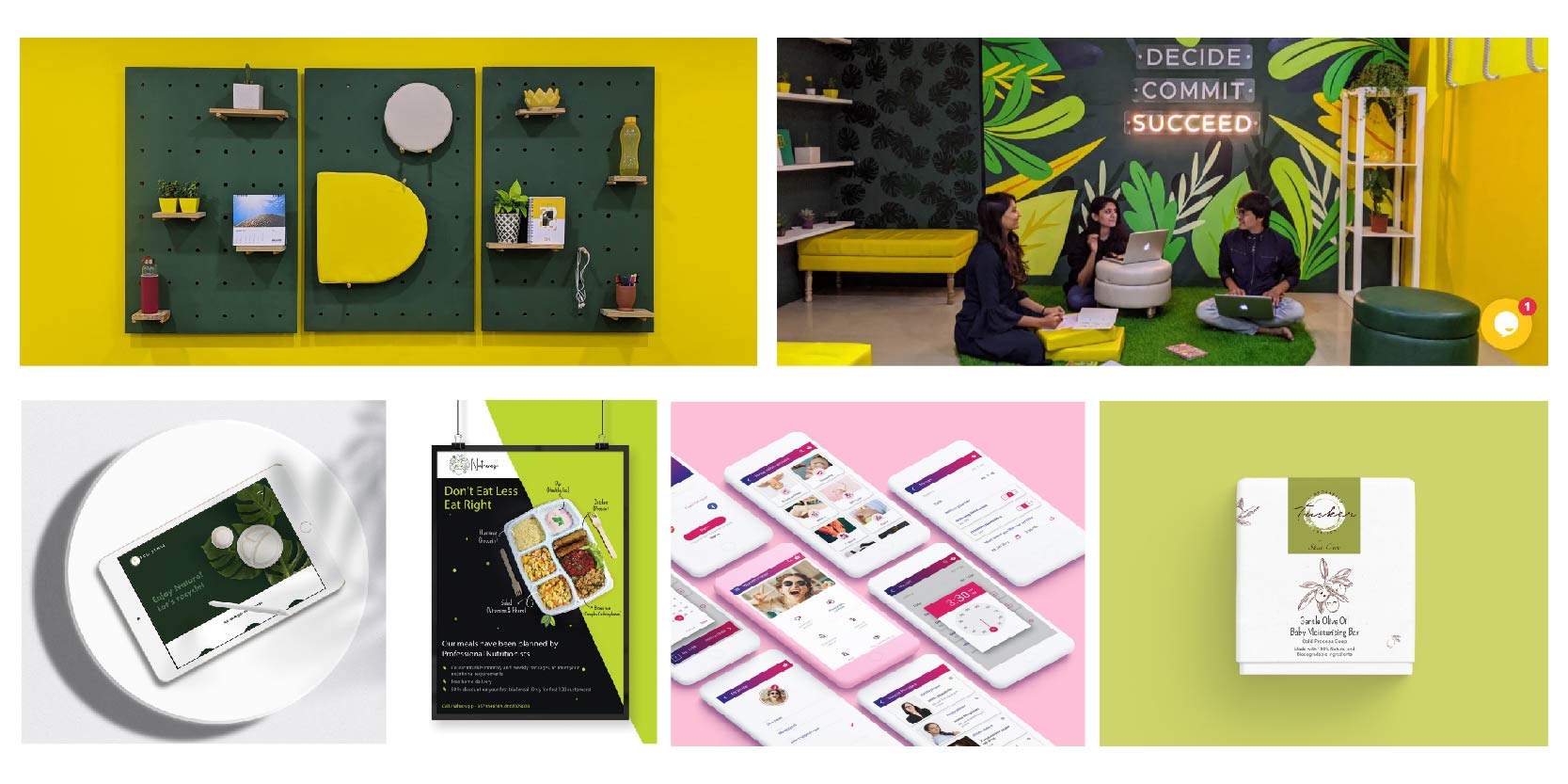
13 Most Creative Design Agency Profiles on Behance
Jul 07, 2020 | by Aishna Pathak
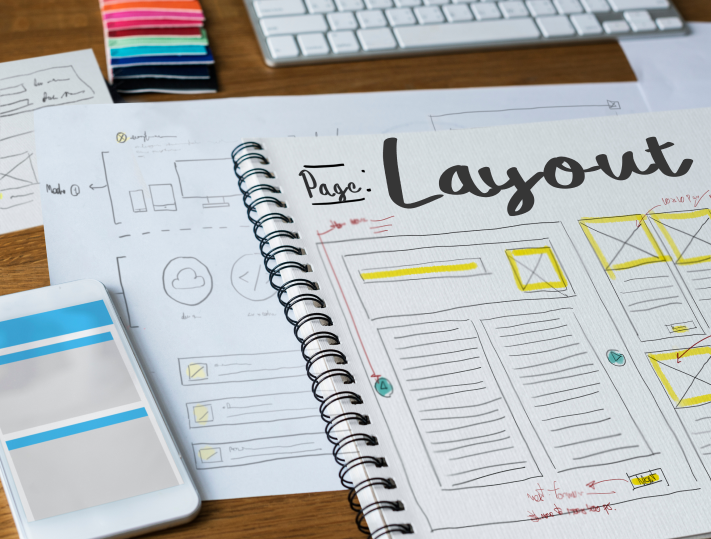
Resources A Beginner should know before Learning UX Design
Jul 07, 2020 | by Aishna Pathak

Top 10 online platforms to learn UI/UX design
Jul 07, 2020 | by Aishna Pathak

Why do small details matter in UI?
Jul 07, 2020 | by Aishna Pathak

10 best remote work tips for Design teams in 2020
Jul 07, 2020 | by Aishna Pathak

Critical points in your design portfolio
Feb 25, 2020 | by Aishna Pathak

5 Things To Know About Social Media To Grow Your Business
Sep 30, 2019 | by Niddhi Bhangdia

Factors that have a strong impact in Building a Brand
Sep 16, 2019 | by Aishna Pathak

Importance of Consistency In Graphic Design For Business
Sep 10, 2019 | by Niddhi Bhangdia

The Ultimate Guide to Product Photography
Sep 05, 2019 | by Aishna Pathak

Importance Of Growth Hacking In Startups
Sep 03, 2019 | by Aishna Pathak

How To Design A Perfect Landing Page?
Jul 26, 2019 | by Niddhi Bhangdia

Google Introduces Mobile First Indexing
Jul 22, 2019 | by Niddhi Bhangdia

How Design & Advertising plays a Role in Setting up Cafe/Restaurant
Jun 04, 2019 | by Aishna Pathak

Upcoming design trends in 2020
May 31, 2019 | by Aishna Pathak

Digital Marketing And The Lok Sabha Elections: How It Affected The Outcome?
May 23, 2019 | by Aishna Pathak

How To Optimize Your Facebook Ads for Maximum Results?
May 09, 2019 | by Niddhi Bhangdia

How To Evaluate Your Branding Strategy
May 02, 2019 | by Aishna Pathak

7 Top Tips For Running An International Business
May 01, 2019 | by Aishna Pathak

Why Do You Need Social Media For Business?
Apr 29, 2019 | by Niddhi Bhangdia

Four Ways To Integrate Your Brand into Business
Apr 26, 2019 | by Aishna Pathak

Why Design And Marketing Should Work Together For Better Results?
Apr 22, 2019 | by Niddhi Bhangdia

Which Are The Qualities You Should Look For In A Graphic Designer?
Apr 18, 2019 | by Aishna Pathak

9 Factors To Consider for Designing a Great Logo
Apr 11, 2019 | by Aishna Pathak

When Is The Right Time To Re-brand Your Business?
Apr 09, 2019 | by Aishna Pathak
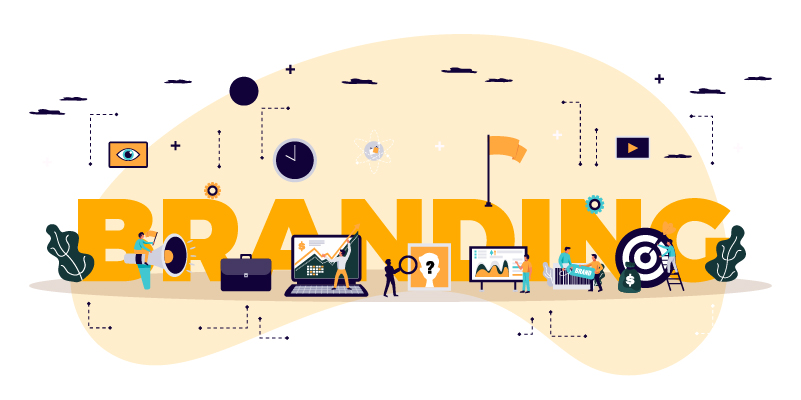
7 Easy Steps To Give Your Personal Brand a Makeover
Apr 05, 2019 | by Aishna Pathak

Top Tips For A Good Brand Building Process
Apr 03, 2019 | by Aishna Pathak

Boost Your Email Leads via Social Media
Apr 02, 2019 | by Aishna Pathak

Why Does Your Business Need a Social Media Manager?
Mar 28, 2019 | by Niddhi Bhangdia

Importance Of Branding for Your Business Explained
Mar 22, 2019 | by Aishna Pathak

Which is best: Traditional Websites Vs Marketable Websites
Mar 19, 2019 | by Aishna Pathak

Signs You Need a New Website
Mar 14, 2019 | by Aishna Pathak

Role of Creativity in UX Designing
Mar 12, 2019 | by Aishna Pathak

Why Security In E-commerce Matters?
Mar 06, 2019 | by Aishna Pathak

Top Mobile Travel Trends For The Year 2019
Mar 04, 2019 | by Aishna Pathak
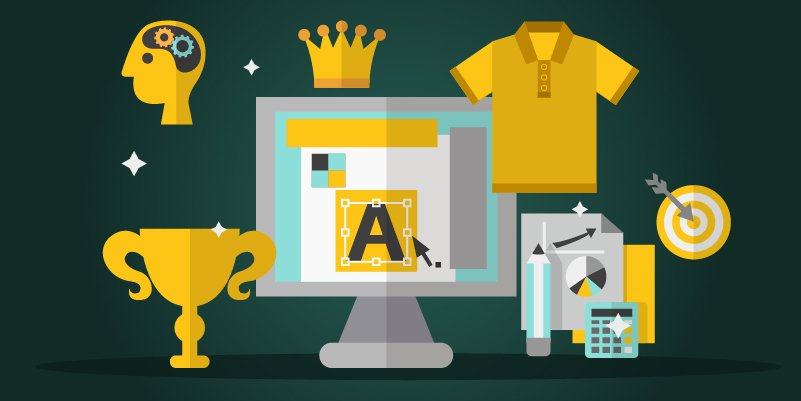
What Is Ethical Branding And Why Is It Important?
Feb 28, 2019 | by Aishna Pathak
What Are Some Of The Most Effective Brand Management Techniques?
Feb 20, 2019 | by Aishna Pathak

Why to Use Infographics for Content Marketing?
Feb 18, 2019 | by Aishna Pathak

Importance of Blogging in Building a Brand
Feb 14, 2019 | by Niddhi Bhangdia
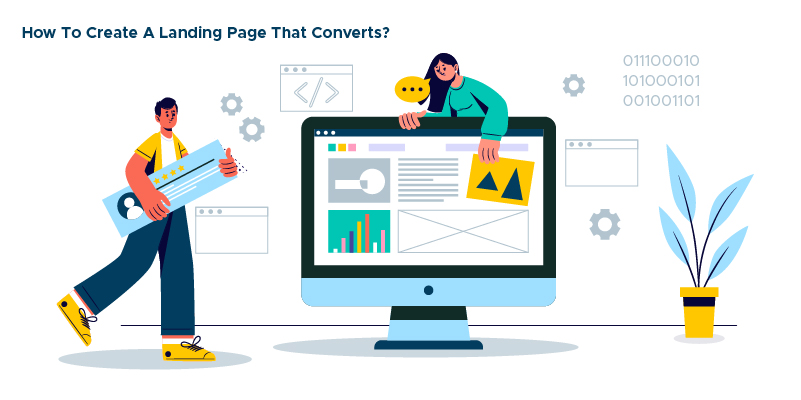
How To Create A Landing Page That Converts?
Feb 05, 2019 | by Aishna Pathak

How To Post Right on Instagram?
Jan 31, 2019 | by Aishna Pathak

Top Skills Every Content Writer Should Know
Jan 11, 2019 | by Aishna Pathak

The Best Free Fonts To Use For Every Designer
Jan 07, 2019 | by Aishna Pathak

Top Digital Advertising Trends of 2020
Jan 02, 2019 | by Aishna Pathak

The Must Follow Product Photography Tips To Make you look lika a Pro
Jan 01, 2019 | by Aishna Pathak

The Most Common Misconceptions About UX Design
Dec 27, 2018 | by Aishna Pathak

How To Create An Effective Social Media Strategy?
Dec 01, 2018 | by Aishna Pathak

